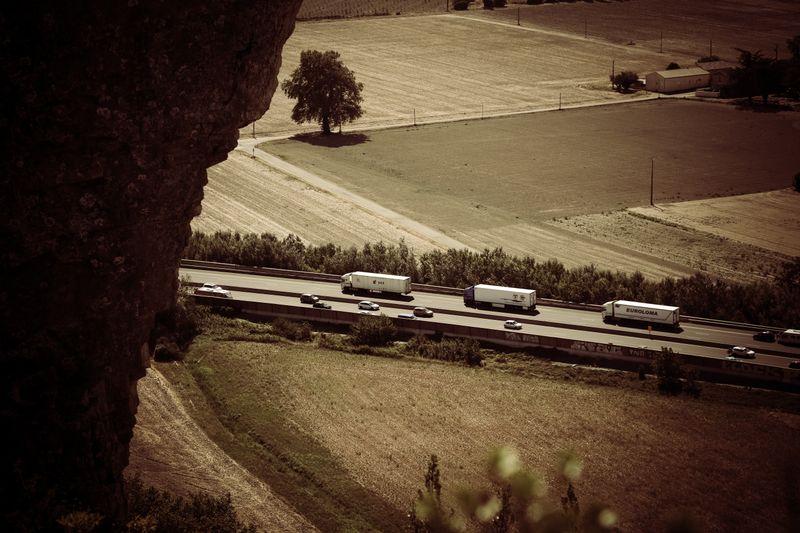What types of vehicles are typically used for road freight?
When it comes to arranging the movement of goods from one location to another, it is extremely difficult to deny the importance of freight by road.
After all, if you are looking to organise the transportation of goods almost anywhere – including if the given journey will be largely taking place by other means, such as via the sea or air– you can expect transportation by road to account for at least a portion of the trip.
However, the critical role of freight by road also means it is similarly essential for the right vehicles to be used for the movement of given products.
If you are reading this as a relative amateur or simply as a decision-maker for an organisation that needs to ensure a particular shipment gets to a specific destination on time and in good condition, you might not know much about the various kinds of road haulage vehicle that exist.
Fortunately, our team at KTL UK does possess extensive knowledge of this subject. So, here are some of the most common types of goods vehicles that are frequently called upon for freight by road.
Articulated lorries (arctics)
“Arctics” are among the most commonly spotted road haulage vehicles in the United Kingdom, and indeed, elsewhere in the world. They are the main type of vehicle used to transport goods by road, and comprise a tractor unit with a turn-table device, which can be connected to a trailer.
The trailers that articulated lorries use vary widely. They include the likes of flatbed trailers, which can be used for nearly any kind of cargo, and tilt trailers, which are like flatbed trailers, except that they incorporate a removable PVC canopy.
Curtain-slider trailers, with their PVC curtains on the sides, as well as a rigid roof and rear doors, are also often seen on UK roads, and remain a key feature of freight by road.
Rigid lorries
Whereas the UK’s articulated lorries are subject to a maximum length of 16.5 metres – and a maximum fully-laded vehicle weight of 44 tonnes – rigid lorries are smaller than this, and have a 26-tonne load capacity.
Usually only accessible from the rear, rigid lorries – which drive much like cars – are particularly well-suited to commercial deliveries.
Refrigerated trucks
As the term implies, this type of vehicle contains the cooling apparatus that enables frozen and chilled goods to be transported at a consistently low temperature. This allows for the transported items – most commonly food and drink products – to be kept fresh throughout their journey from a warehouse to a shop.
Refrigerated trucks are permitted to weigh as much as 44 tonnes, and to be as wide as 2.6 metres, the latter enabling the additional thickness of the insulation to be accommodated.
Flatbed lorries
If you are looking into your options for road by freight because you need to get especially large and heavy items to a particular location at the same time as shielding them from adverse weather, your shipment might ultimately be carried by a flatbed lorry.
Restricted to a weight of 40 tonnes, and with the total length of a combined articulated truck and trailer not permitted to exceed 16.5 metres, flatbed lorries are especially routinely used by the construction industry.
The above is only a sampler of some of the road haulage vehicles that help make the most efficient and safe freight by road possible. To discover more about how KTL UK can assist with the transportation of your own shipments this year, please don’t hesitate to contact us.
